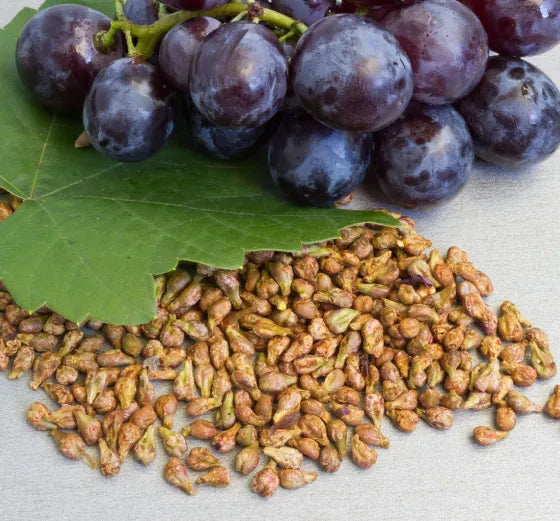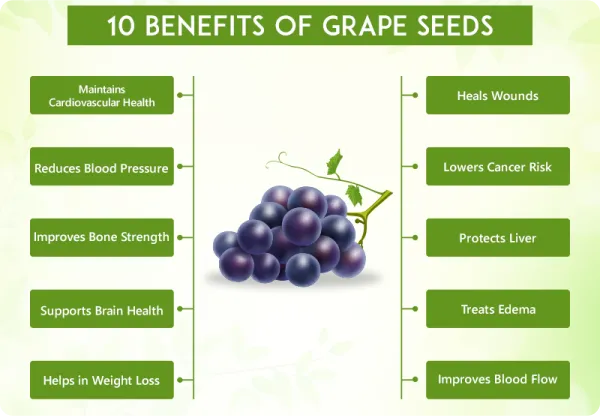The Science
Zingiber Officinale
Medicinal Uses
The medical form of ginger historically was called “Jamaica ginger”; it was classified as a stimulant and carminative and frequently used for dyspepsia and colic. It was also frequently employed to disguise the taste of medicines. Ginger is on the FDA’s ‘generally recognized as safe’ list, though it does interact with some medications, including warfarin. Ginger is contraindicated in people suffering from gallstones as the herb promotes the release of bile from the gallbladder. Ginger may also decrease joint pain from arthritis, though studies on this have been inconsistent, and may have blood thinning and cholesterol-lowering properties that may make it useful for treating heart disease.

No Sea Sickness on 45-Day Cruise!
-Darlynne B.
Active Components
Contains 4 – 7,5% oleoresin with essential oil and sharp substances. The essential oil (1,5 – 3% of the drug) has a variable composition according to its origin. The principal components are sesquiterpenes such as a-zingiberene, ar-curcumene, bisabolene, (E,E)-α-Farnesene, and β-sesquiphellandrene, and monoterpenes like camphor, β-phellandrene, geranial, neral, and linalol. The sharp substances are gingerols and shogaols. They are non-volatile phenilalcanones or phenilalcanonoles with chains of different lengths, the most important ones being the (6)-gingerol and the (6) shogaol. The rhizome of ginger also contains diarylheptanoids: diphenylheptenones, diphenylheptanonoles, diphenylheptanodioles and their acetates. Other components are: starch (approximately 50%), ditherpenes, 6-gingesulphonic acid and monoacyl digalactosyl glycerols.

No Sea Sickness on 45-Day Cruise!
-Darlynne B.
Pharmacological Action
Motion Sickness
Mechanism of Action. Clinical studies have shown that the herbal in DizzyStop® is believed to act through a hormonal mechanism reducing the abnormal stimulation to the brain that causes the symptoms of motion sickness.
Antinausea Activity
Attributed mainly to a local effect of the gingerols and shogaols on the gastrointestinal tract. Clinical studies have shown that the oral administration of the powder of ginger roots (940 mg) was more effective than the dimenhydrinate (100 mg) for the prevention of gastrointestinal symptoms of kinetosis (locomotion dizziness). The results of this study suggest that it does not act on the central nervous system but has a direct effect on the gastrointestinal tract by means of its aromatic, carmine, and absorbent properties, increasing gastric mobility and absorbing toxins and acids.
In double-blind clinical chance studies, the benefits of the powder of ginger roots as a prophylactic treatment of travel sickness have been proved. The results of a study show that the oral administration was statistically superior to the placebo, reducing vomiting and cold sweating 4 hours after its consumption. Another study compared the effects of seven antiemetic drugs on the prevention of travel sickness in 1.489 persons. This study concluded that ginger was as effective as the other antiemetic drugs under evaluation.
At least four clinical studies have shown the benefits of ginger roots as a prophylactic treatment for nausea and vomiting. The studies focused on the gastrointestinal action of ginger, compared with those focused on its effect on the central nervous system, have given better replies related to locomotion dizziness.
In a double-blind chance study, there have been shown, in a statistically significant form, fewer cases of nausea and vomiting after an operation in 60 patients who received ginger compared with a placebo. The effects of ginger on postoperative nausea and vomiting have been reported as good as or even better than the ones of the metoclopramide.
Digestive Activity
Stimulates the gastric, saliva, and bile secretion and pancreatic lipases. Anti-ulcerous activity through inhibition of the reduction of the layer thickness of the gastrointestinal epithelium. The intraduodenal administration of ginger extracts to rats increased the bile secretion for 3 hours. This activity is caused by the (6)- and (10)-gingerols contained in the essential oil of ginger. The oral administration of ginger extracts (75 mg/kg), (6)-shogaol (2.5 mg/kg) or (6)-, (8)- or (10)-gingerols, improved the intestinal mobility in mice, activity comparable with or slightly inferior to the one of metoclopramide (10 mg/kg) and domperidona.
Anti-inflammatory Activity
The gingerols are powerful inhibitors of the metabolism of arachidonic acid by way of cyclooxygenase as well as lipoxygenase. One of the mechanisms of inflammation is the increase of the oxygenation of arachidonic acid, which is metabolized through the cyclooxygenase and the 5-lipoxygenase, producing prostaglandin E2 and leukotriene B 4, two potent mediators of inflammation. Studies in vitro have shown that ginger extracts inhibit the activities of both enzymes in the arachidonic acid, and therefore its anti-inflammatory effects may be due to the reduction of the formation of prostaglandins and leukotrienes. Ginger is also a powerful inhibitor of the thromboxane synthetase and increases the levels of prostacyclins without increasing the prostaglandins E2 or F2a. Studies in vivo have shown that the oral administration of ginger extracts decreases edema in the pats of rats. The potency of the extracts was comparable with the acetylsalicylic acid. (6)-shogaol inhibited the edema in the pats of rats induced by carrageenin inhibiting the activity of the cyclooxygenase.
A study in China reported that 113 patients with rheumatic pain and chronic lumbalgia, who were injected with an extract of 5 – 10% of ginger into the hurting sites, experienced a total or partial relief of pain, a decrease of articular inflammation and an improvement or recovery of the articular function. The oral administration of ginger powder to patients with rheumatism and other musculoskeletal alterations has shown relief of pain and inflammation.
Grape Seed Extract
Grape seed extracts are industrial derivatives from whole grape seeds. Typically, the commercial opportunity of extracting grape seed constituents has been for chemicals known as polyphenols, including oligomeric proanthocyanidins recognized as antioxidants. – WikiPedia
Check out the references below for more information on Ginger and Grape Seed Extract!

No Sea Sickness on 45-Day Cruise!
-Darlynne B.
UMM.edu
“The medicinal and nutritional value of grapes (Vitis vinifera) has been heralded for thousands of years. Egyptians consumed this fruit at least 6,000 years ago, and several ancient Greek philosophers praised the healing power of grapes — usually in the form of wine. European folk healers developed ointment from the sap of grapevines to cure skin and eye diseases. Grape leaves were used to stop bleeding, inflammation, and pain, such as the kind brought on by hemorrhoids. Unripe grapes were used to treat sore throats, and dried grapes (raisins) were used to heal consumption, constipation, and thirst. The round, ripe, sweet grapes were used to treat a range of health problems, including cancer, cholera, smallpox, nausea, eye infections, and skin, kidney, and liver diseases.”

